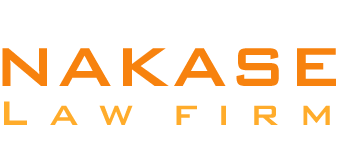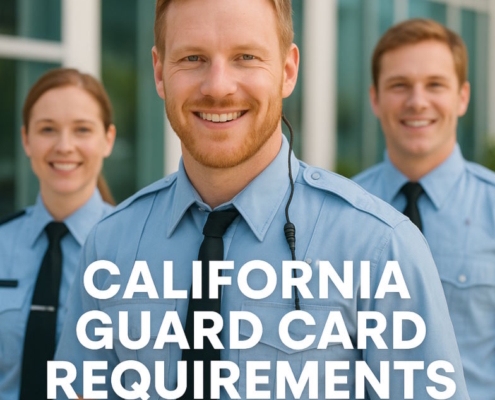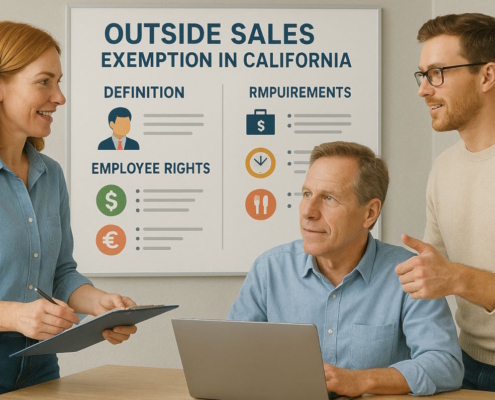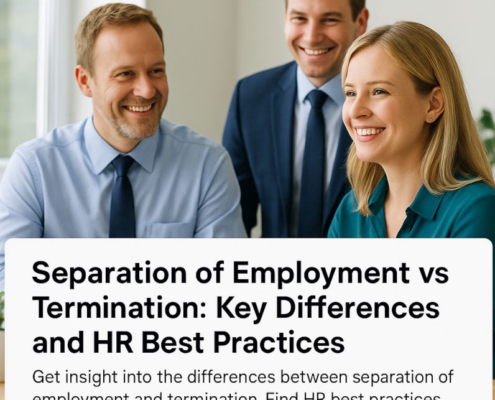Introduction
Hiring new staff members may help your business. The hiring process is more than just writing a job offer letter, drafting an advertisement for recruitment, and putting up a comprehensive compensation package to draw in talent. It also entails the obligation to support someone else’s livelihood. Employers have to adhere to Equal Employment Opportunity (EEO) legislation and make sure that their company is meeting all federal and state regulations.
Handling payroll is critical. A new hire must complete certain paperwork during the initial onboarding period (full-time or part-time). The new hire paperwork checklist that both you and the new hire must complete is listed below. You’ll ship out certain paperwork to government agencies, insurance companies, or other organizations, while others you’ll just save.
What documentation must new hires complete?
Every new recruit is required to complete an assortment of new-hire paperwork. A new hire paperwork checklist and a fresh hire packet are an excellent idea because there is typically a lot of documentation to make sure everything is finished. Alternatively, you can contract with an HR administration company to manage the requirements for onboarding as well as the duties related to compliance and documentation.
Small firms that are growing can concentrate their time and efforts on their expansion plan rather than the specifics of the documentation for the processes that facilitate that growth by outsourcing those activities.
Some documents are optional. Government documents are always mandatory. This is a comprehensive list of all the employee details you would require on (or before) the first day of work.
New Hire Paperwork Checklist Forms
1. I-9 Form
Each employee must complete Form I-9. It is to verify their job eligibility. They must present a legitimate form of identification (you can verify the validity of the form by following the instructions). This guarantees that their employment in the United States is lawfully permitted.
The form is only required to be retained on file for the duration of the employee’s service, plus three years after the date of hire or a full year after the worker’s last day, whichever is longer. A digital copy is acceptable. Be cautious to steer clear of these typical I-9 errors.
Additionally, you have the option to use the Internal Revenue Service’s (IRS) E-Verify program to confirm the employee’s employment status online.
2. Form W-4
This tax form must be filled out by new workers to determine their tax withholding from federal income tax. To accurately compute the employee’s income tax, you (or the payroll system) must be aware of their withholding limits. Like the I-9, this document does not need to be mailed, but it is legally necessary for businesses to retain every worker’s W-4 on file for at least four years.
Do your staff members require assistance completing it? Distribute the W-4 how-to manual to your staff. It should go over how to complete the form step-by-step. (It is not possible for you to complete the form on behalf of your employee. Additionally, some workers might not be subject to withholding.)
3. The W-4 equivalent for your state
Is there an income tax in your state? The W-4 equivalent for your state may then need to be completed by the staff member so that you, the employer, are aware of their state tax deductions.
Get the necessary tax forms from the state division that manages withholding, such as the department of revenue, taxation, or something similar, or get in touch with the state’s labor department.
4. Payment Forms
Employees should complete a form for direct deposit if their company offers it. It’s also an excellent idea to request a canceled check or a printout from the bank that verifies their bank account details and routing number.
5. Enrolling employees in benefits: Documentation
Companies offer benefits like health insurance, life insurance, retirement plans, & gym allowances. Make sure to enroll eligible new hires with your benefits vendor or human resources. They will need to tell you the plan they want, which family members they are interested in, and whether they have any beneficiaries.
6. Other forms
Additional paperwork is occasionally required. It should be part of your new hire paperwork checklist. This may involve the following:
- Contact details for emergencies
- Documentation for background checks
- Non-compete clause
- NDA, or non-disclosure agreement
- Recognition in the employee handbook
What should new hires bring with them?
If it’s important for new hires to quickly complete all of the documentation we just discussed, ask them to bring the following bits of information on the day they begin.
1. Identification
On the first day, ensure they bring a legitimate form of identification. What is considered legitimate? All valid types of identification are listed here. Here are a few instances:
- A Social Security number with a driver’s license
- A passport
2. Important details
No matter how you decide to onboard, you will require certain critical information from your employee. To keep every one of these tidbits on hand, just in case you need them, you might want to make a template for an individual internal onboarding document:
- Contact information for emergencies
- Direct deposit routing numbers
- Home Address
What measures must employers take?
Make a report about new hires
The PRWORA (Personal Responsibility & Work Opportunity Reconciliation Act) mandates that new hires be reported through an agency in each state. A fresh hire report containing the name, address, & Social Security number of your new hire must be sent to your authorized state agency within 20 days (or sooner in some cases, dependent on the state).
The purpose of such a report is to determine whether or not individuals owe the state child support payments. You have a few months or a few days to submit the information. Make sure you are aware of local regulations to ensure that it is submitted on time. For additional information, visit the state taxation, labor, and employment website in your area. For instance, an employee must submit a DE 34 in California.
Which forms must new contractors complete?
The documentation will seem different if your new recruit is a contractor. This piece will assist you in determining your staff member’s classification (employee or contractor).
W-9 form
The purpose of Form W-9 is to verify that your contractors are who they claim to be. It records their name, address, company name, and—above all—Taxpayer Identification Number.
Verify again that they have exempted themselves from withholding taxes when you receive it. This is because, as self-employed individuals, they ought to submit their own taxes. Once the form has been verified, save it for a minimum of four years in a secure location.
Where do I store this documentation?
All of this data and documentation should ideally be kept in a secure, private employee file. You can distribute, complete, and securely save these documents digitally if you utilize a payroll & HR system.
You will be in excellent shape with every form you need to manage if you use this post as a starting point for what you require. In order to stay informed about any modifications to employment rules and any new, relevant documentation you might need to keep up with, it’s also a good idea to visit your state’s labor site and add it to the new hire paperwork checklist to fill out and save.































